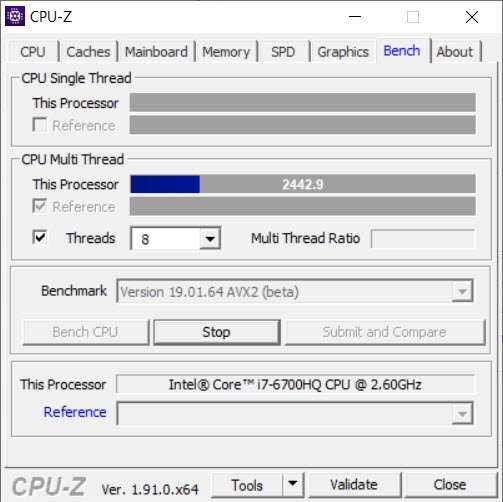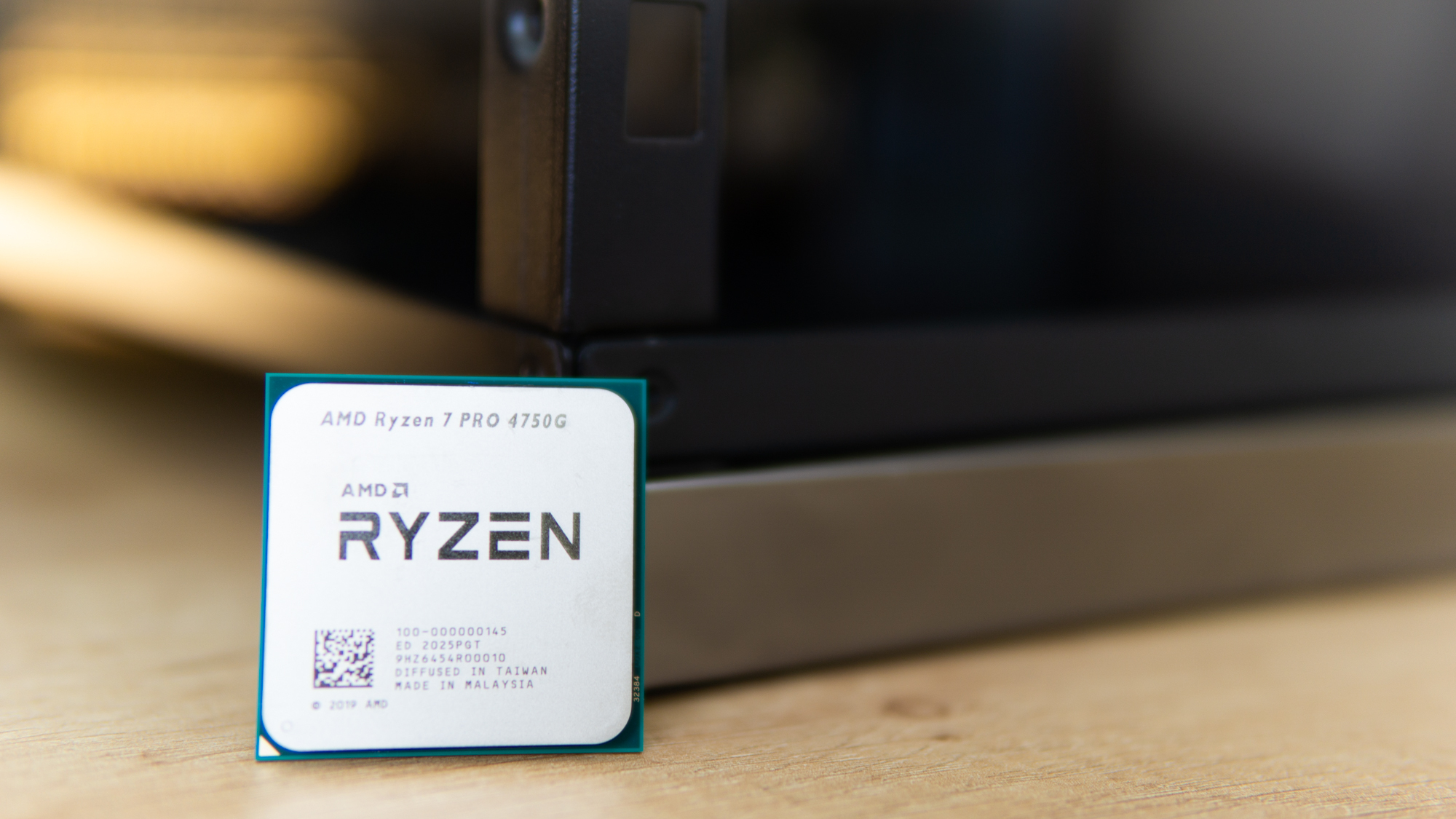



What is overclocking and should you do it?Knowing more is (almost) always better when making a buying decision, but you don't need to have a degree in Computer Science to pick a CPU that will meet your needs. So for our purposes, we'll focus on the three most important questions you should ask yourself as a creator when shopping for a CPU: Every time you type a letter on your keyboard, open a photo editing application, or slide the contrast slider in Lightroom, the CPU has to interpret that input and decide how it's going to fulfill the request.How exactly it makes that decision is based on many different aspects of CPU architecture and design that we don't have time to get into.
Tech Tool Pro 7 Test Processor Professional VFX Artist
Intel's Core processors are up to 11th Gen (i.e. Similarly, Intel Core X can be had in Core i7 and Core i9 variations, while the Threadripper CPUs are split into three tiers that are embedded in the product number: 39 60, 39 70, and 39 90.Regardless of processor family, as the number gets higher, the performance gets better and the price increases.Finally, each year Intel and AMD unveil the latest generation of every processor family. Intel's Core series is split into Core i3, Core i5, Core i7 and Core i9, while AMD's Ryzen series is split into Ryzen 3, Ryzen 5, Ryzen 7, and Ryzen 9. Unless you're a professional VFX artist or you're working in 3D CAD design, you can ignore the Intel Xeon and AMD EPYC lineups entirely.Each family is further split into different price and performance tiers. If you're a professional video editor working with super high-resolution source footage, then Intel Core X and AMD Threadripper are worth considering – since they contain more cores and PCIe lanes (more on these later), a PC with a Core X or Threadripper CPU is generally more expandable and better at tackling complex tasks like video encoding.
If you're doing run-of-the-mill photo and video editing, a mid- to top-tier Intel Core or AMD Ryzen CPU is more than powerful enough.If you're doing run-of-the-mill photo and video editing, a mid-to-top-tier Intel Core or AMD Ryzen processor is more than powerful enough, and you can probably get away with a slightly older generation if money is tight. AMD Ryzen Threadripper 3990X). Ryzen 9 5900X), and AMD's Threadripper CPUs are now on their third generation (i.e. Intel Core i9- 10900X) the AMD Ryzen family is up its fifth generation (i.e.
More cores generally means a lower clock speed per core, so while you can do more at the same time, each individual core is slightly slower But there are two catches that are very important. On Intel processors, this is called "hyper-threading" while AMD calls this same trick "Simultaneous Multithreading" or SMT.Whatever you call it, the oversimplified point is that: the more cores and threads a processor has, the more tasks it can carry out concurrently. The more cores you have the more operations you can carry out at once, making the CPU better at multitasking during heavy workloads.Furthermore, both Intel and AMD can split each physical core into two "threads," basically doubling the amount of work the CPU can do by allowing each core to do two things at the same time: one task per thread. For AMD, that means going with a Ryzen 3000, Ryzen 4000 or Ryzen 5000 series CPU that's Ryzen 5, Ryzen 7, or Ryzen 9.If you need the extra processing power that comes with an Intel Core X or AMD Threadripper CPU, we'd recommend sticking with the latest generation: Core X 10th gen and Threadripper 3000.Pretty much all modern-day CPUs contain multiple "cores" that can carry out tasks in parallel, allowing the processor to multi-task more efficiently.Most modern CPUs are split into multiple physical "cores," each of which can carry out a single operation at a time. For Intel, that means a 9th, 10th, and 11th Gen Core i5, Core i7, or Core i9 CPU.
That's why we recommend only going back a few generations at the most when buying a CPU: any more than that and the gap in performance, even given the same basic clock speed and core count, may start to be noticeable.Linus Tech Tips did a great explainer about this exact point recently, showing how two AMD Ryzen processors (an older Ryzen 3000 and a newer Ryzen 5000) with the exact same clock speed and core count nevertheless showed a significant difference in performance on various benchmarks. The other main caveat is that newer CPUs are able to carry out more "instructions per clock," squeezing more performance from the same exact clock speed as older generations. However, there are a few caveats.As we mentioned above, more cores usually translates into a lower base clock, sacrificing raw single-core performance for multi-tasking capability. Clock speed is listed as a frequency in GHz (literally: billions of cycles per second) which is directly correlated to how many "instructions" or tasks a CPU can perform every second.The base clock speed is the guaranteed number of cycles per second that the CPU can maintain at all times, while the boost clock is a faster speed that can only be maintained for a limited amount of time given enough power and sufficient cooling to keep the CPU from overheating.Generally speaking, the higher the "clock speed" the faster your CPU and the faster your computer. Pretty much all photo and video editing applications are now capable of taking advantage of multiple cores and threads, but video editors will generally see the biggest boost in performance as the core count exceeds 6 or 8 cores.For creative work, we would suggest aiming for 6 cores and above.The main spec you'll see plastered at the top of every CPU product page is the clock speed, which comes in two flavors: base clock and boost clock.


 0 kommentar(er)
0 kommentar(er)
